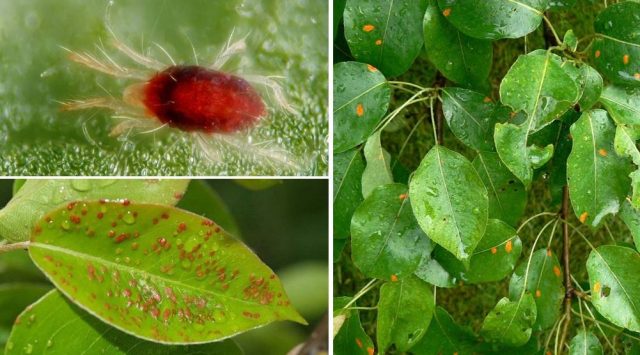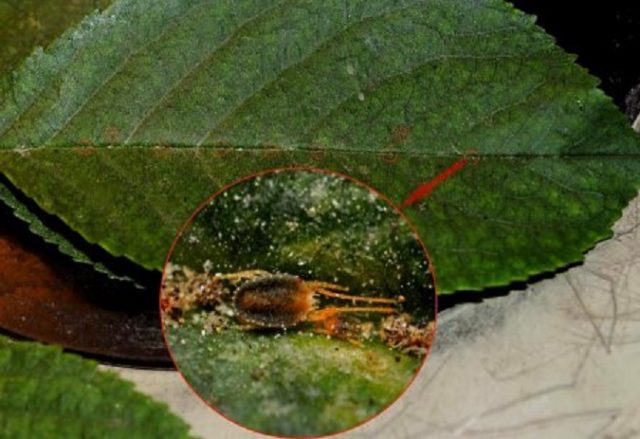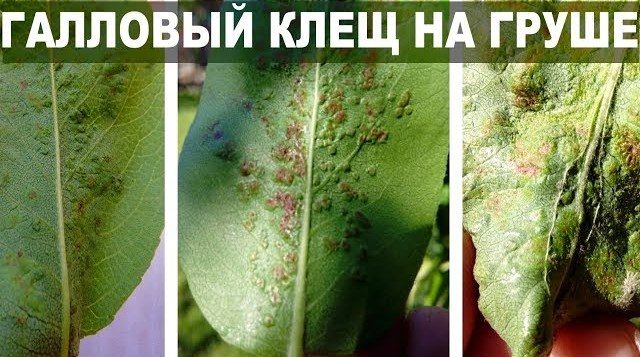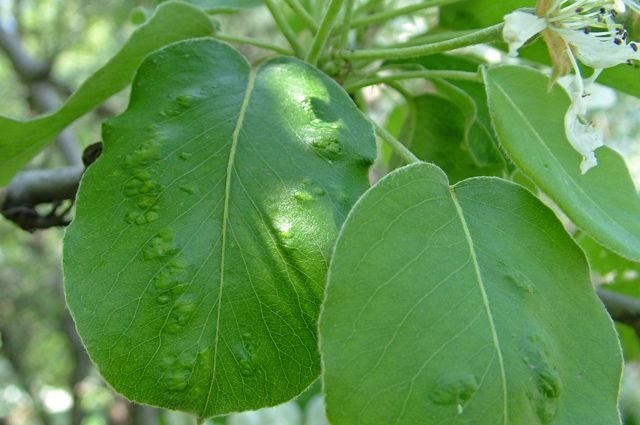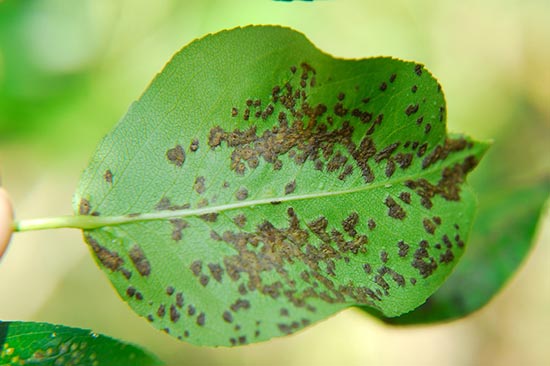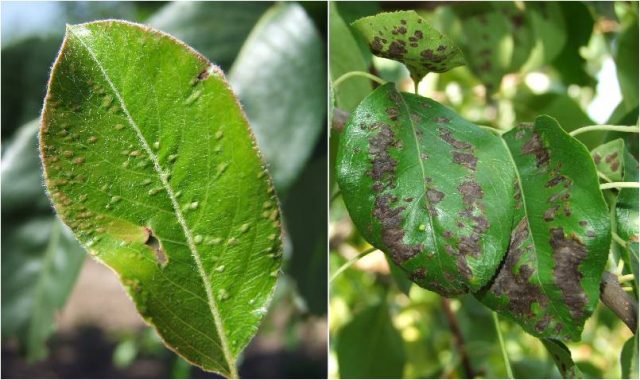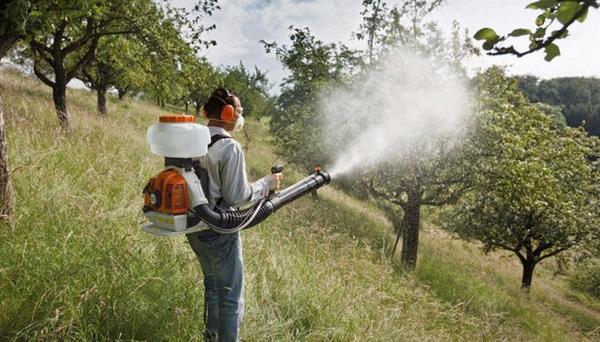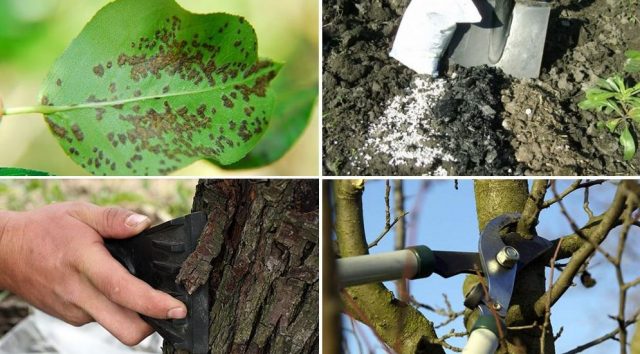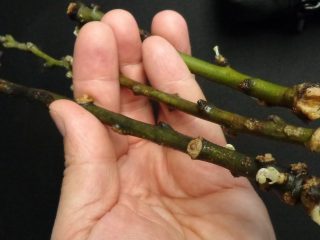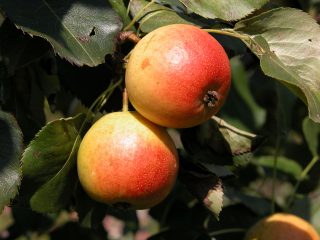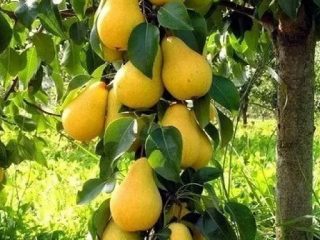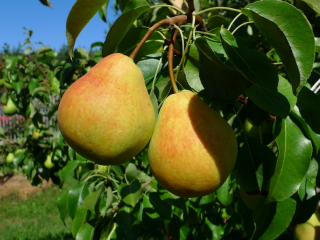Content
Pests of fruit crops reduce and sometimes destroy crops, spoil products, thereby causing enormous damage to private and farms. But, most importantly, they harm plants. If pests are not controlled, they can cause the death of the fruit tree. The gall mite on a pear is so common that it has become a real scourge of this culture.
Description and distribution of gall mites
Gallic pear mite affects, in addition to pear, mountain ash, apple, hawthorn, quince, cotoneaster. It is a small insect in the adult phase (ability to reproduce) reaching a length of 0.2-0.24 mm. The body of the gall mite is elongated, with two pairs of legs, the mouth apparatus is piercing and sucking.
Insects, most of which are females, begin their vital activity at 10 ° C, 3 generations appear during the growing season. The first two reproduce and parasitize on fruit trees, the latter in the middle of summer is introduced into the buds for the winter. On this, the life cycle of the gall pear mite freezes until next spring.
A photo of a gall mite on a pear, magnified many times, will help to get an idea of the insect.
Why is pear gall mite dangerous?
By itself, a gall mite cannot destroy a pear. It disfigures the leaves and fruits, reduces the yield, but does not pose a critical danger to the tree.
But the pest damages leaves, flowers and young shoots. Viruses, bacteria and spores of fungal diseases can easily penetrate the puncture sites, which can cause significant harm, cause the death of entire branches or the entire tree. In addition, the cell sap released from damaged greens attracts other pests.
Gall mite females hibernate in the kidneys, they begin to feed on soft tissues even before they go outside. With a massive lesion, the leaves open already deformed and small, and cannot fully participate in photosynthesis. Over time, they dry out and fall off.
Most often, fruits are not formed from damaged flower buds. The ones that have nevertheless tied up turn out to be small and ugly, usually crumble before reaching maturity. Crop losses can be up to 95%.
Signs of a tick on pear leaves
The buds affected by the gall mite are clearly visible in spring. They are much larger than healthy ones, but are about 2 weeks late in development. If some of the leaf or flower buds have burst, and some, of a larger size, are not going to open, there is reason to suspect that a gall mite has wintered there. Especially carefully you need to inspect the lower and middle part of the crown in the immediate vicinity of the trunk.
Having got out of the buds, the females begin to feed on young leaves. They make pinhead-sized punctures in them and lay their eggs.
- First, light green plaques with a diameter of up to 3 mm are formed at the sites of damage, which are located on the underside of the pear leaf along the central vein.
- The color of the galls gradually changes to dark brown; they cover a large area.
- Brown raised plaques turn black over time.If nothing is done, they merge and cover the entire surface of the ugly twisted leaf, and it falls off.
The nymphs hatched from the eggs of pests in the galls feed on leaves, turn into adults, and soon the next generation of insects appears.
Measures to combat ticks on a pear
The fight against gall mites on pears and other fruit crops is difficult. The pest is introduced into the soft tissues of the plant and it is problematic to deal with it only with contact preparations. To be successful, you need to combine different methods of protection. For this, the drugs should be alternated.
Chemical preparations for a gall mite on a pear
A pear affected by a gall mite is treated with one of the preparations before budding on a green (before the leaves bloom) and white (before the buds appear):
- Iskra M;
- Preparation 30 Plus.
During the growing season, once every two weeks, the pear is sprayed with preparations containing pyrethroids, organophosphorus compounds and other substances of contact, intestinal or systemic action. You can use both acaricides designed to control ticks and insecticides that kill any insects.
Recommended drugs for gall mite control:
- Apollo;
- Ditox;
- Karate Zeon;
- Fufanon.
Biologicals for gall mite control
Pears are sprayed with biological agents only during the growing season. In this case, agents made on the basis of avermectins are used.
In Russia, enteric biological preparations for ticks on a pear have become widespread:
- Fitoverm;
- Vertimek.
Folk remedies to combat pear gall mite
It is impossible to remove such pests as ticks with gentle methods. In the fight against insects, folk remedies can help, but one should not forget that the most powerful poisons are of plant origin. And you will have to spray the pear with strong infusions or decoctions that can harm a person if you do not take precautions.
The most effective remedy recognized by pest control experts is a decoction of hot pepper. To do this, 1 kg of fresh crushed pods are poured into 10 liters of water and boiled over low heat for 2 hours. The broth is allowed to cool, filtered, and the pear is sprayed.
Often, gardeners from gall mites use spraying:
- dandelions, 1 kg of leaves are mixed with 3 liters of water, insisted for three days;
- potato tops, 1 kg of fresh chopped greens are poured with 10 liters of warm water, infused for 4 hours.
You can use garlic, chamomile, marigold. But such measures against ticks on a pear in the spring can be used only with a slight infection. With a strong one, you need to immediately switch to chemicals.
Preventive actions
To prevent the appearance of pear gall mites on fruit trees, at the beginning of the season, preventive treatment of trees is carried out along the green and white cone with Preparation 30 Plus and Iskra M. Correct agricultural techniques and standard sanitary measures are also needed:
- cleaning of trunks and skeletal branches from old bark;
- removal of plant residues from the site in the fall;
- sanitary and brightening crown pruning;
- whitewashing of the trunk;
- digging a trunk circle.
Conclusion
A gall mite on a pear can destroy the crop and create favorable conditions for the occurrence of dangerous diseases. Fighting him is difficult, but possible. It is important to be patient, because you will not be able to remove the pest at one time.
